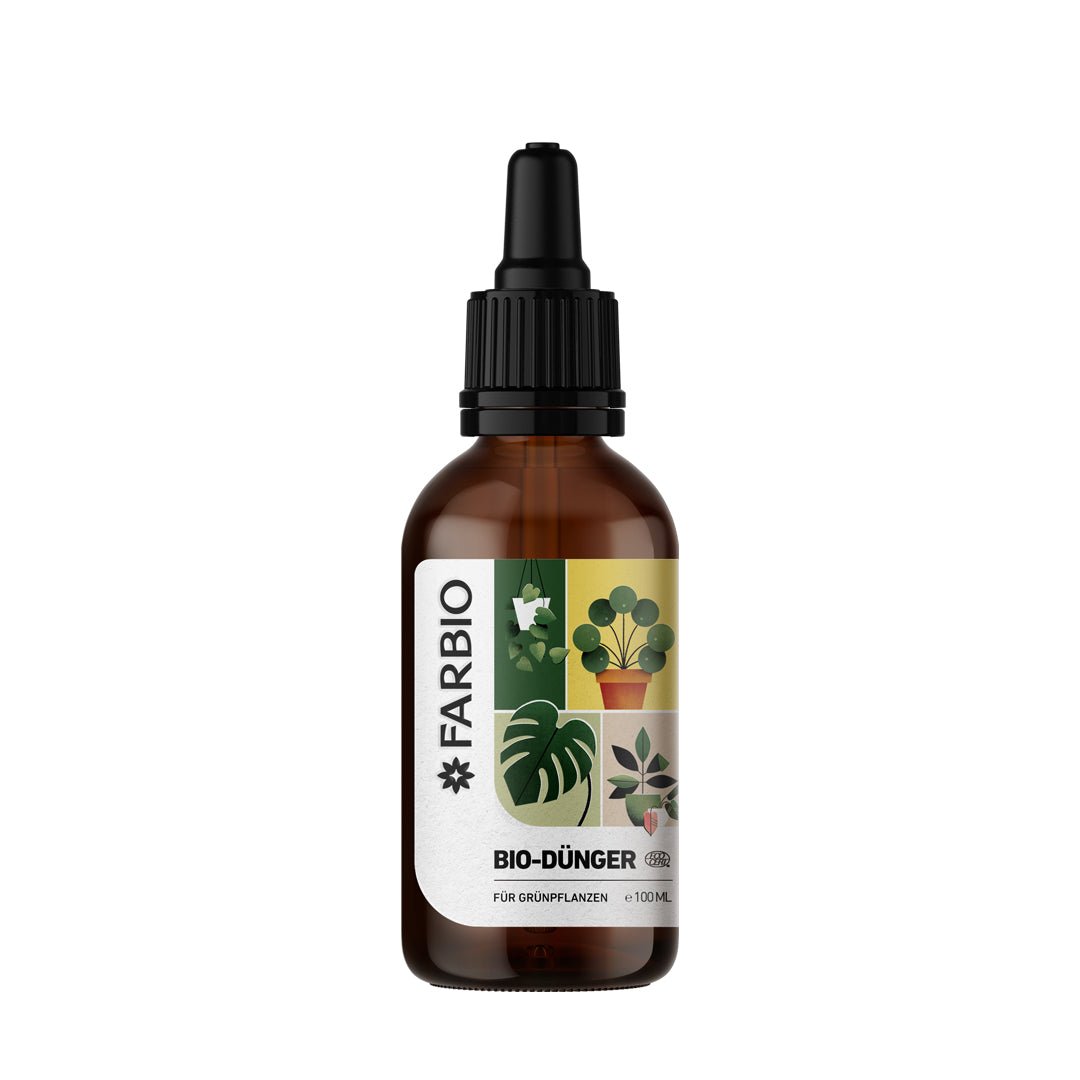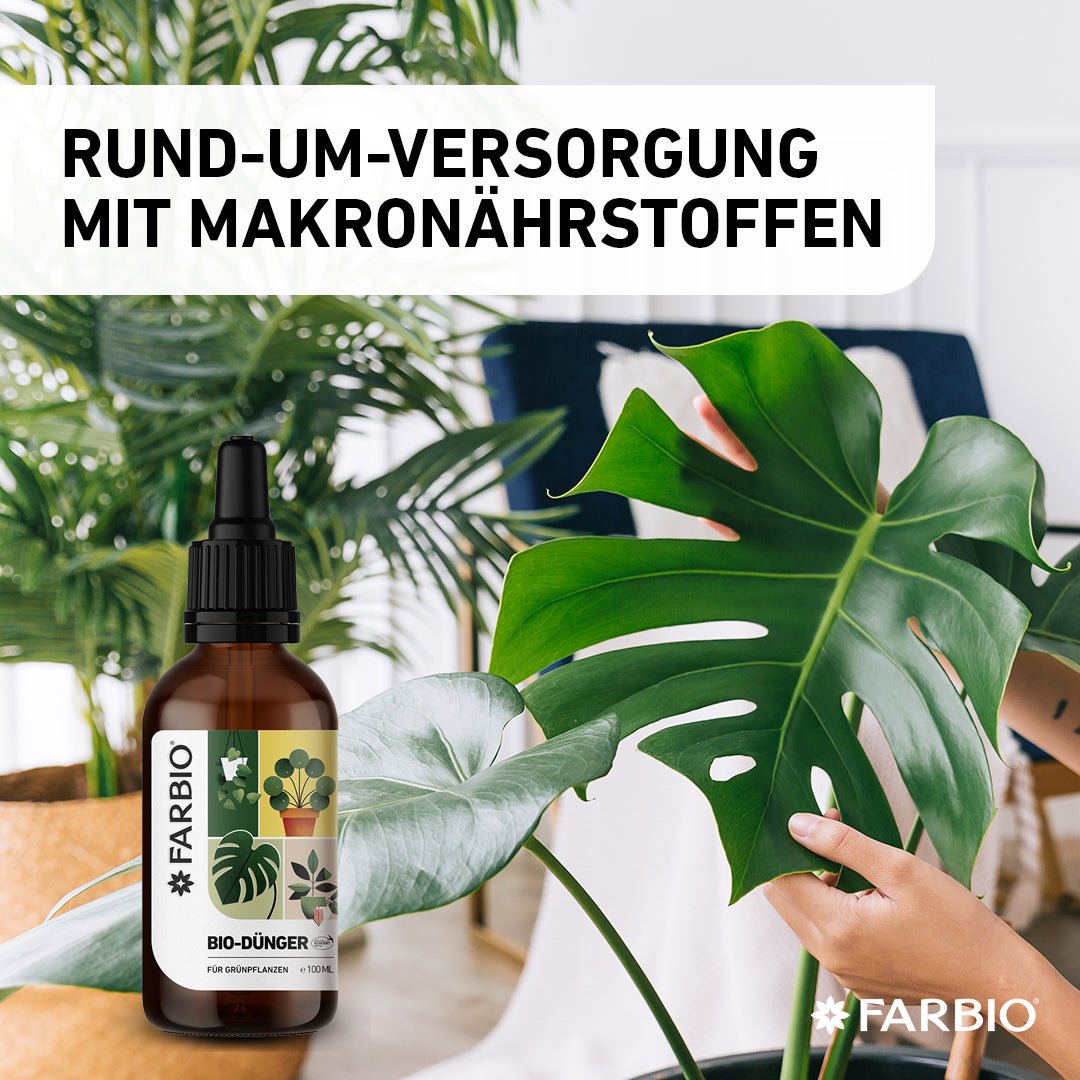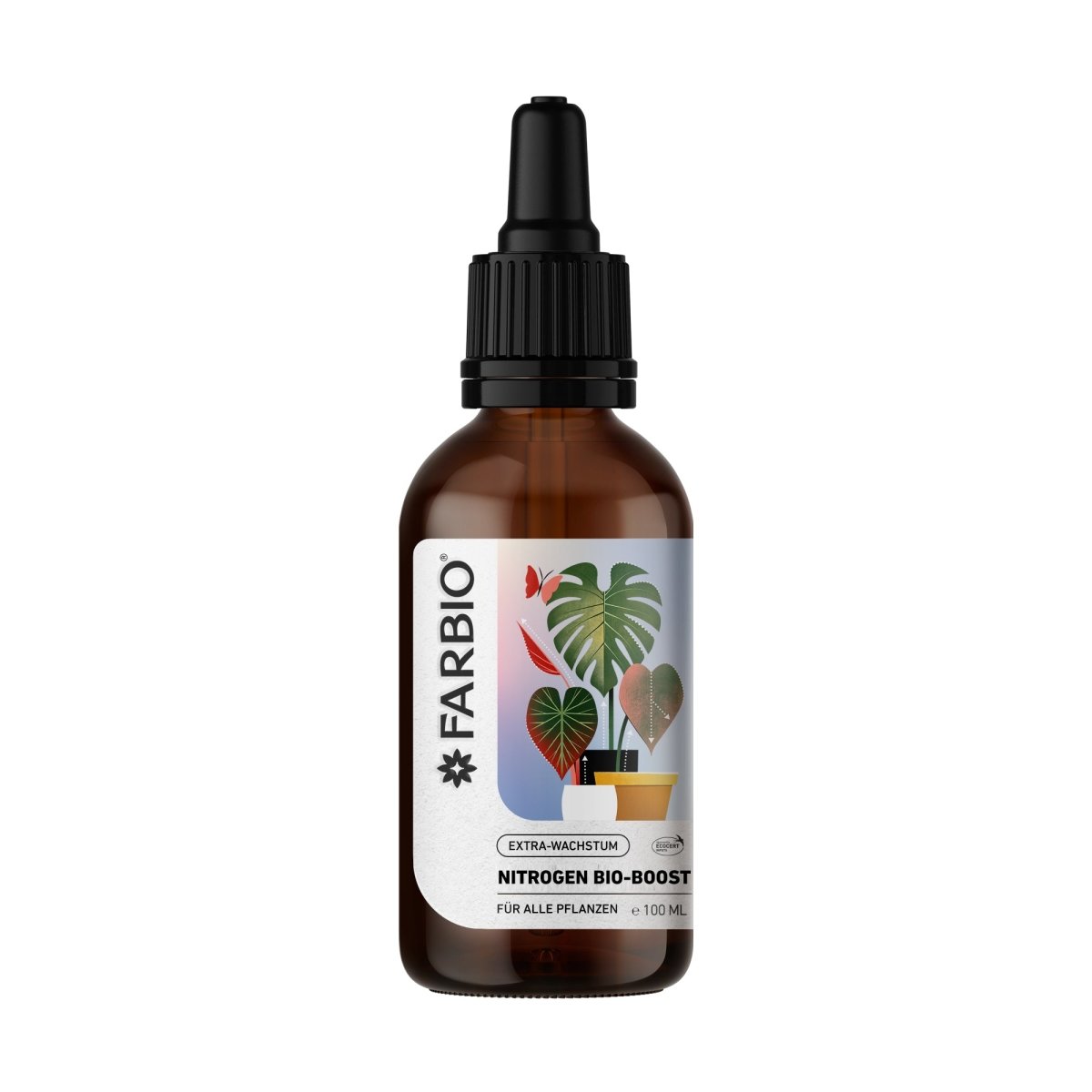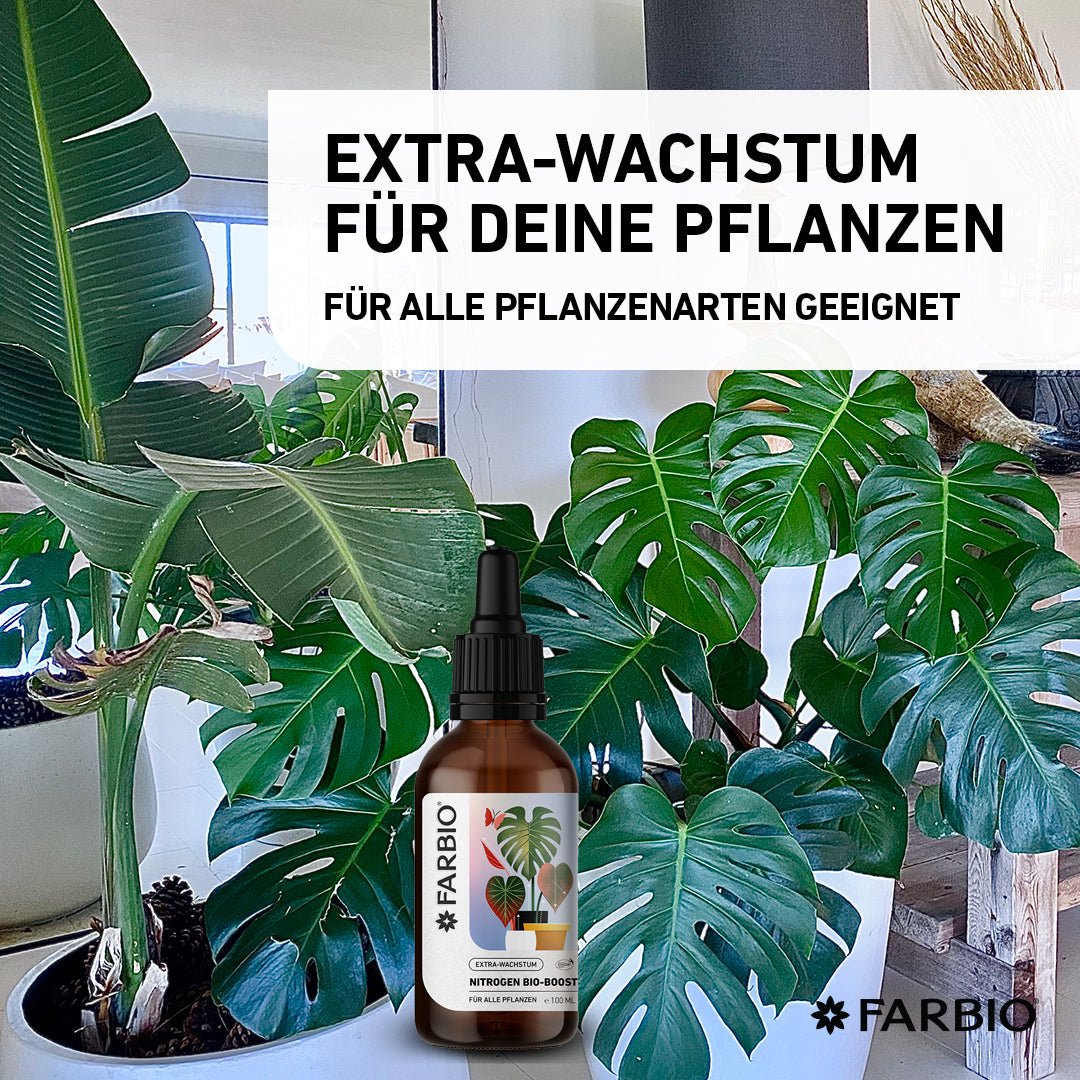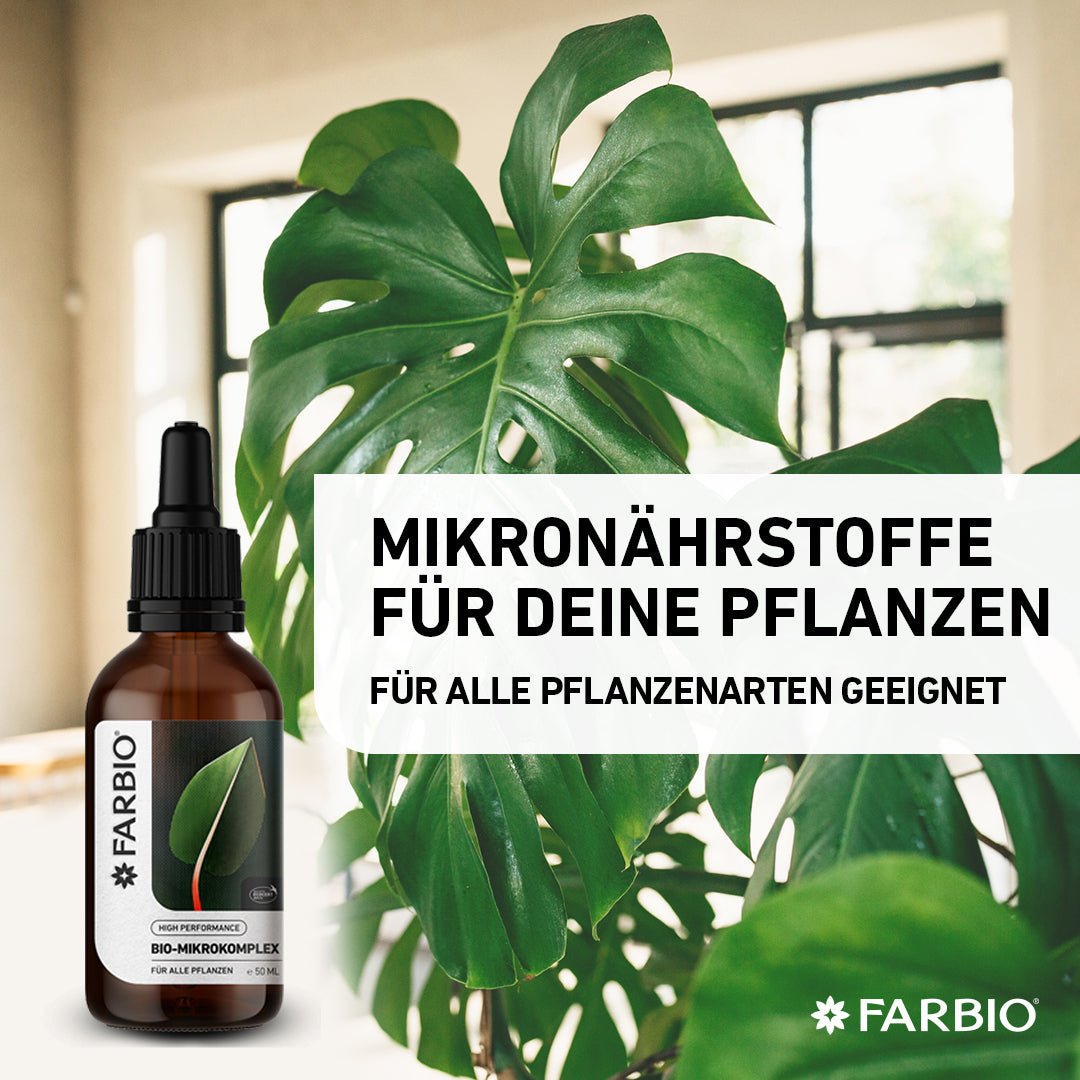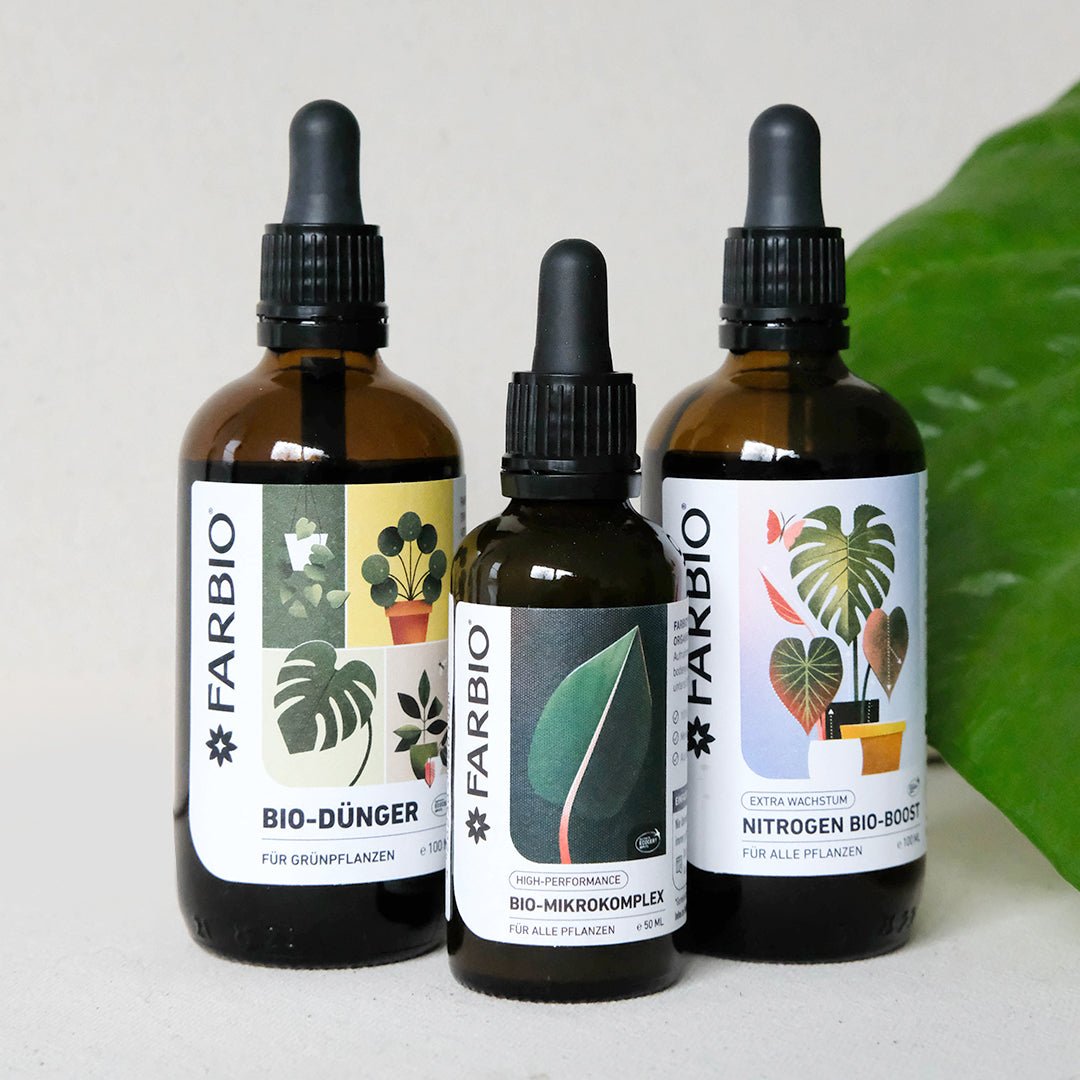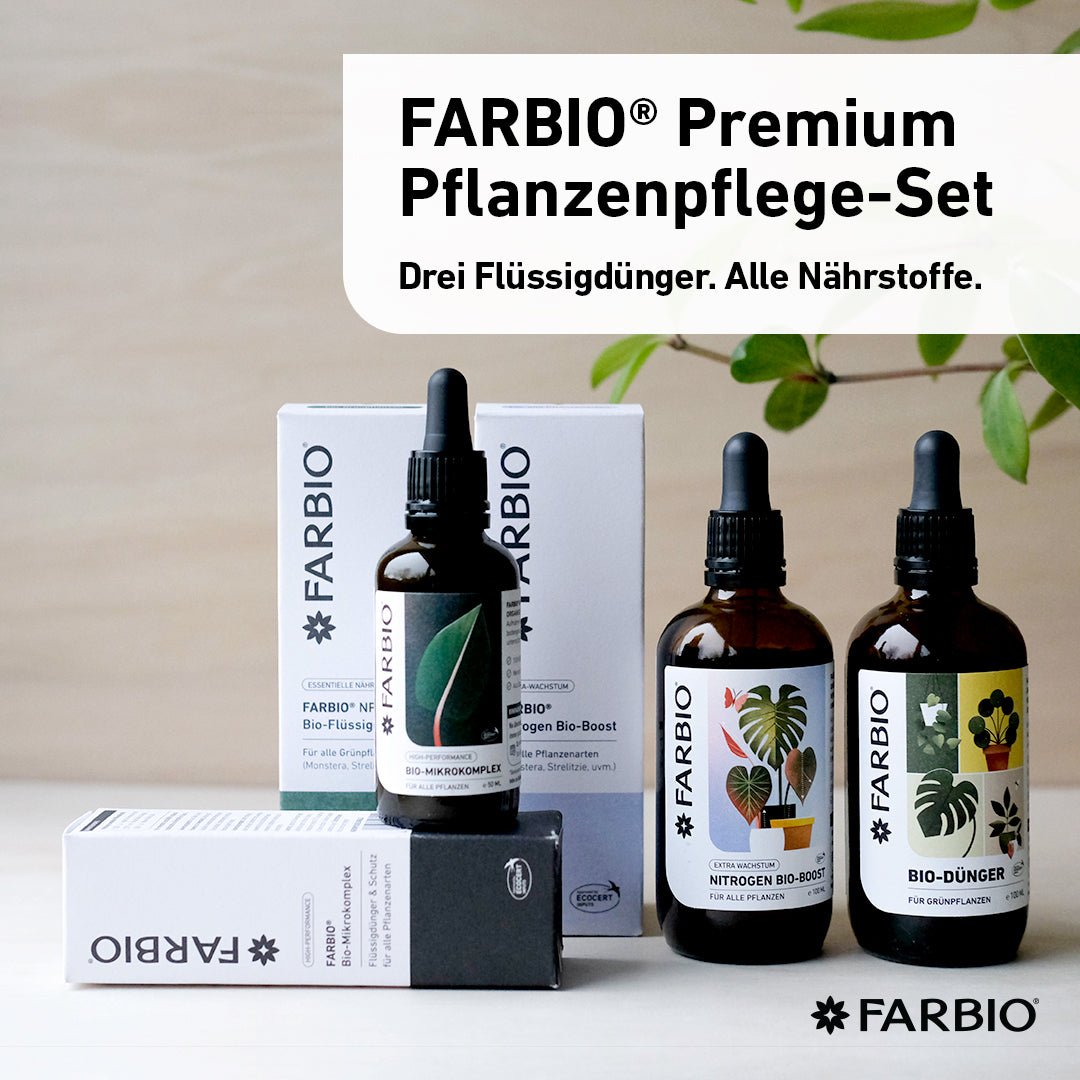If you want a beautiful, lushly flowering garden or healthy, fast-growing houseplants, you have to provide the plants with balanced nutrition in the form of fertilizer. Slow-release fertilizers often come into play here. But what exactly are slow-release fertilizers and what is their effect on plants and the soil? In this article we will examine the different types of slow release fertilizers and their benefits for flowers, foliage and the garden. We will also explain how you can use it.
What are compound fertilizers & why are they essential for fertilizing potted plants
Complete fertilizers are special fertilizers that contain all the essential nutrients that plants need for healthy growth. These nutrients include nitrogen (N), phosphorus (P) and potassium (K) as well as various trace elements such as iron, manganese and zinc. Potted plants are confined in confined spaces with limited sources of nutrients, so adding compound fertilizer is essential to ensure plants are getting all the nutrients they need.
Advantages of organic slow-release fertilizers over mineral slow-release fertilizers
Mineral fertilizers are artificially produced - the nutrients are present in salts. These are quickly absorbed by the plants, but the long-term effect is missing. Nutrients are more likely to be leached out, so mineral fertilizers last less than organic fertilizers.
Organic slow-release fertilizers consist of natural materials of plant or animal origin - these sustainable and mostly biological fertilizers have a long-term effect by nature. Organic fertilizers increasingly release their nutrients through the conversion of microorganisms. The nutrient requirements of potted plants, vegetable plants and Co. can be covered with less frequent fertilizer application.
Long-term organic fertilizers are often a better choice than long-term mineral fertilizers: First, they help improve the soil by improving soil fertility. Organic fertilizers increase the water holding capacity of the soil and encourage the growth of beneficial soil organisms.
Second, slow-release organic fertilizers release nutrients gradually, resulting in a more even supply to plants over a longer period of time. This reduces the risk of over-fertilization and nutrient losses. Organic fertilizers are also more environmentally friendly as they are less likely to cause water pollution from excessive nutrient runoff.

What different long-term fertilizers are there and what are their effects?
Slow-release fertilizers for flowers, green plants and the garden promote a continuous supply of nutrients, which is essential for healthy growth and optimal plant development. Finding the right slow-release fertilizer can be difficult with so many choices.
There are different types of long-term fertilizers: Long-term fertilizers in the form of granules, pellets or fertilizer sticks can simply be worked into the planting hole when planting or transplanting. In this way there is continuous fertilization and nutrients are released with every watering process. However, this has the disadvantage that it cannot be determined exactly when the plants receive how many nutrients - this can lead to an undersupply because the nutrients do not reach the roots of the plant through the irrigation water in time.
Organic, liquid nutrients act immediately and yet long-lasting - they do not have to be transported to the roots first, but are plant-available. Suitable for any type of soil - for balcony plants in potting soil, garden plants in soil or ornamental plants in substrate mixtures.
When and how often should slow-release fertilizers be used?
A year-round use of fertilizers is possible - here it depends on the type of fertilizer. Solid fertilizers, also called depot fertilizers, tend to release the nutrients slowly. Here you only have to fertilize every 2-3 months. This mode of action is suitable for plants in the garden and lawn fertilizer. Liquid fertilizers are suitable for rapid growth and targeted supply of green plants in pots. We recommend fertilizing once a week from March to October and once a month from November to February.

Long-term fertilizer for flowers, garden & indoor plants
The FARBIO® NPK fertilizer for green plants provides your green roommates with the most important organic nutrients that are important for healthy growth, strong leaves and strong roots. The development of leafy green and magnificent flowers is also stimulated.
The basic supply consists of a balanced ratio of nitrogen, phosphorus and potassium - the essential macronutrients. The organic fertilizer in liquid form ensures a healthy and lively soil, which makes your plant more resistant to diseases and pests.



